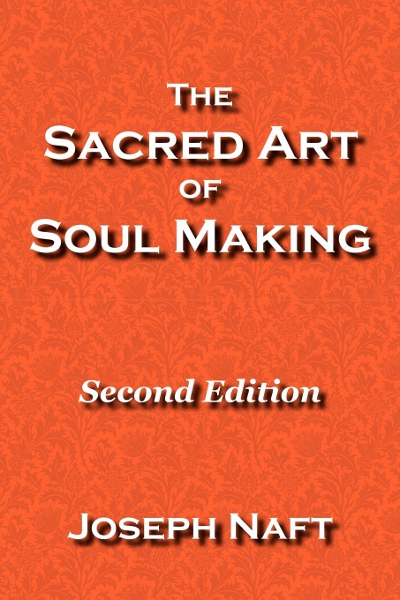|
|
Inner
Frontier Fourth Way Spiritual Practice |
|
Inner Work For the week of March 18, 2013
I Am I (Who Am I?: Part 5) And God said unto Moses, I AM THAT I AM When we enter the vast, silent hall of consciousness, we feel complete and whole. The stillness and the pure awareness form a seamless continuum that embraces everything, including us. It is a form, a vivid and true form, of unity, true on its level, the level of consciousness. But there are higher levels of our spiritual nature. Who we are, our I, comes into us through those higher levels. In consciousness we come closer to ourselves than in the sensitive level of being in contact with our sensory impressions. So consciousness serves as a springboard into our I. Take the practice of focused attention. For example, focus your attention on your hand. Be your attention. Be the one who is focusing, the one who is aware of your hand. This act of directing your attention works through the medium of consciousness to choose a subset of the massive stream of sensory data and put that subset in the center of awareness. The cognizant stillness of consciousness, unchanging, remains unaffected in itself, although it plays a mediating role. Like moving our eyes or scrolling down a page, the act of attention changes which content is displayed on the screen of consciousness. But notice, this act of attention is prior to consciousness and orthogonal to it. Attention acts through consciousness, but is not directed by consciousness. Rather it comes from a deeper level beyond consciousness, even closer the origin of our I. To get a taste of being our I, we need only to be our attention, to be the source and director of our attention. Consciousness is an energy. Energies do not do things on their own. Someone uses or directs energies, which enable that use. I choose to raise my arm. My I thus directs my energies, which connect my I with my body, and the arm goes up. Of course it is not always like that. If I am not in my I, if my I is absent, then the automatic patterns of my personality take over to direct what my body says and does, as well as the thoughts in my mind and the emotions in my heart. The whole thing goes on autopilot, with no one directing it and no one experiencing it. This is one meaning of the Buddhist teaching of no self. Not to be on autopilot means that someone is directing the action and experiencing our experience. That someone can only be our I. So really to be ourselves, we must be the chooser, the decider, the agent of our life in this moment. Be the one who experiences what you are experiencing now, the one who is doing what you are doing now. That one is who you are, your I. One relevant, simple, yet powerful exercise starts with sensing your body as completely as possible. Holding your attention in your body, inhabit your body. Be the one inhabiting your body. Once you have this contact with your body, inwardly say the words I am. Say these words with the whole of yourself. Mean what you say. Be there saying them. Be there as the one who is sensing your body, the one who is inhabiting your body. Live the truth in that moment: I am. In this, the phrase I am is only a pointer toward the reality of you. The crucial thing is to be the one who is inwardly and intentionally thinking those words in that moment. Get behind them and say them in your mind. Bring your whole self to bear in doing this. There is no trick or secret here. It just brings you, your I, to the forefront. Rather than staying hidden behind the layered patterns of your personality, you come forward, fully into yourself, and you say I am. The higher levels of the spirit are not something outside us or beyond us. They are deeper within us, more subjective. Our thoughts and emotions are subjective relative to our body. Our consciousness is subjective relative to our thoughts and emotions. Our individual I is subjective relative to our consciousness. And the higher sacred is subjective relative to our individuality. Each is a step further within, through our core. I am not my body. I am not my thoughts. I am not my emotions. I am not my consciousness. I am my will. I am I. Although the source of our I lies in the deep, sacred Source of all, we can align ourselves with the Source by putting ourselves in Its stream, the stream that comes right through our core, our I, to the extent we can open to it and be it. Thereby, on our individual level, we become our own source, the agent and doer of our actions, the experiencer of our experience, the will of our will. All the while realizing that our I is a particle of the sacred Source of all, the will of world. This holds true for all of us. Everyone has their own I, their own place in the Source. That is our essential equality, our essential unity. To connect with the sacred, to connect with other people, to connect with ourselves, we become our I. For this week, practice the reality of I am. Practice being in yourself as yourself. |
|
|
About Inner Frontier Send us email Copyright © 2001-2024 Joseph Naft. All rights reserved. |








